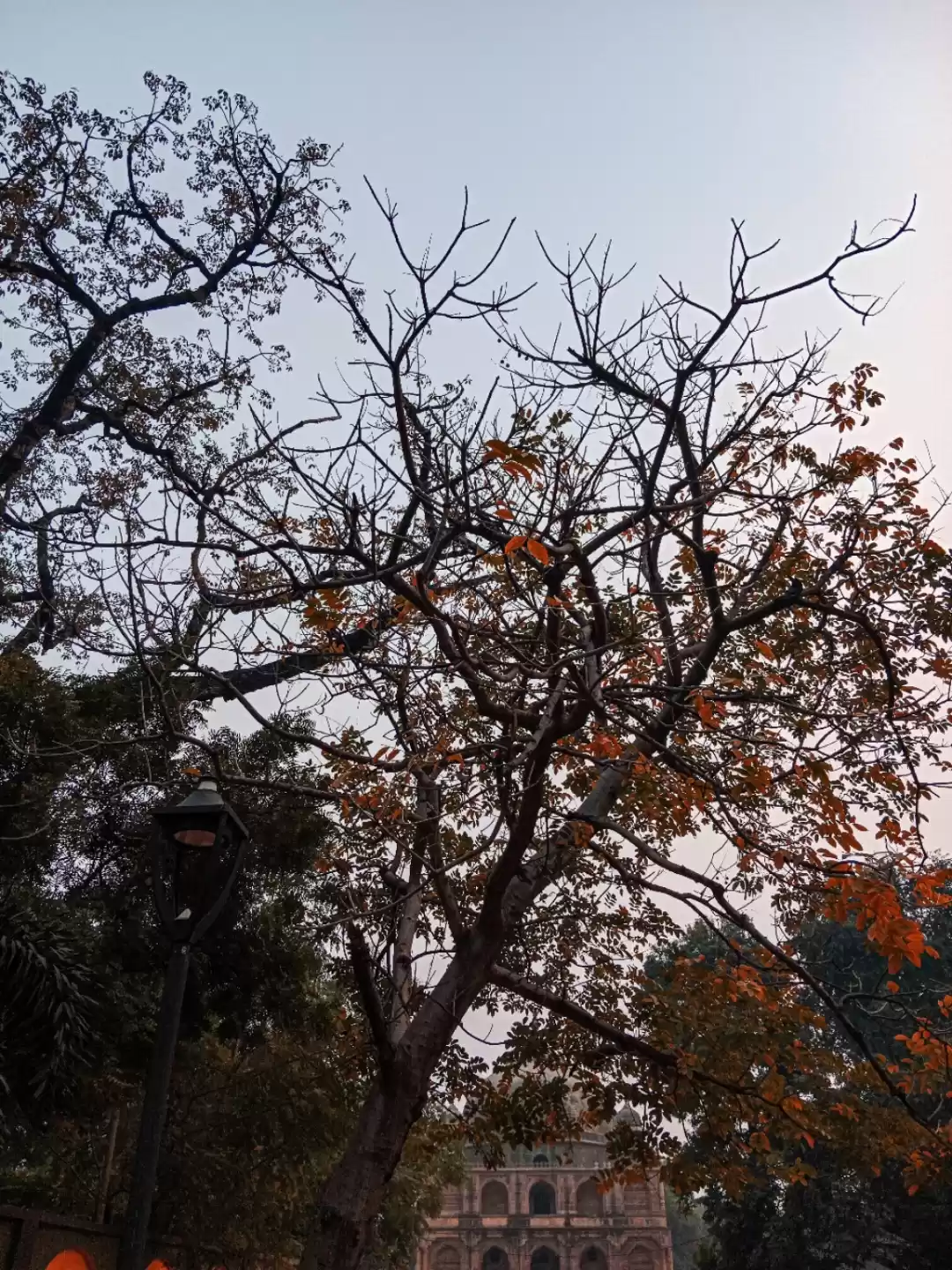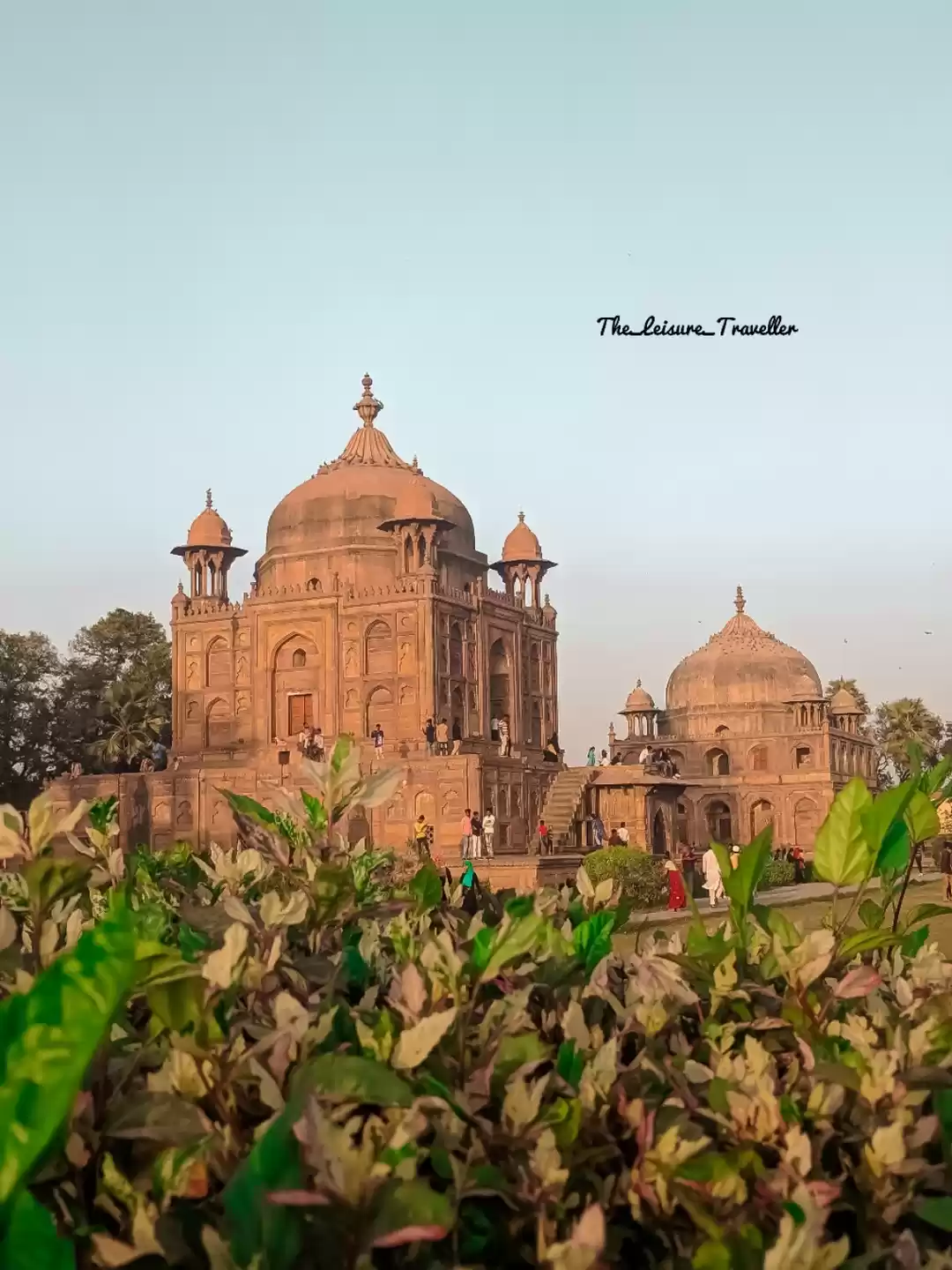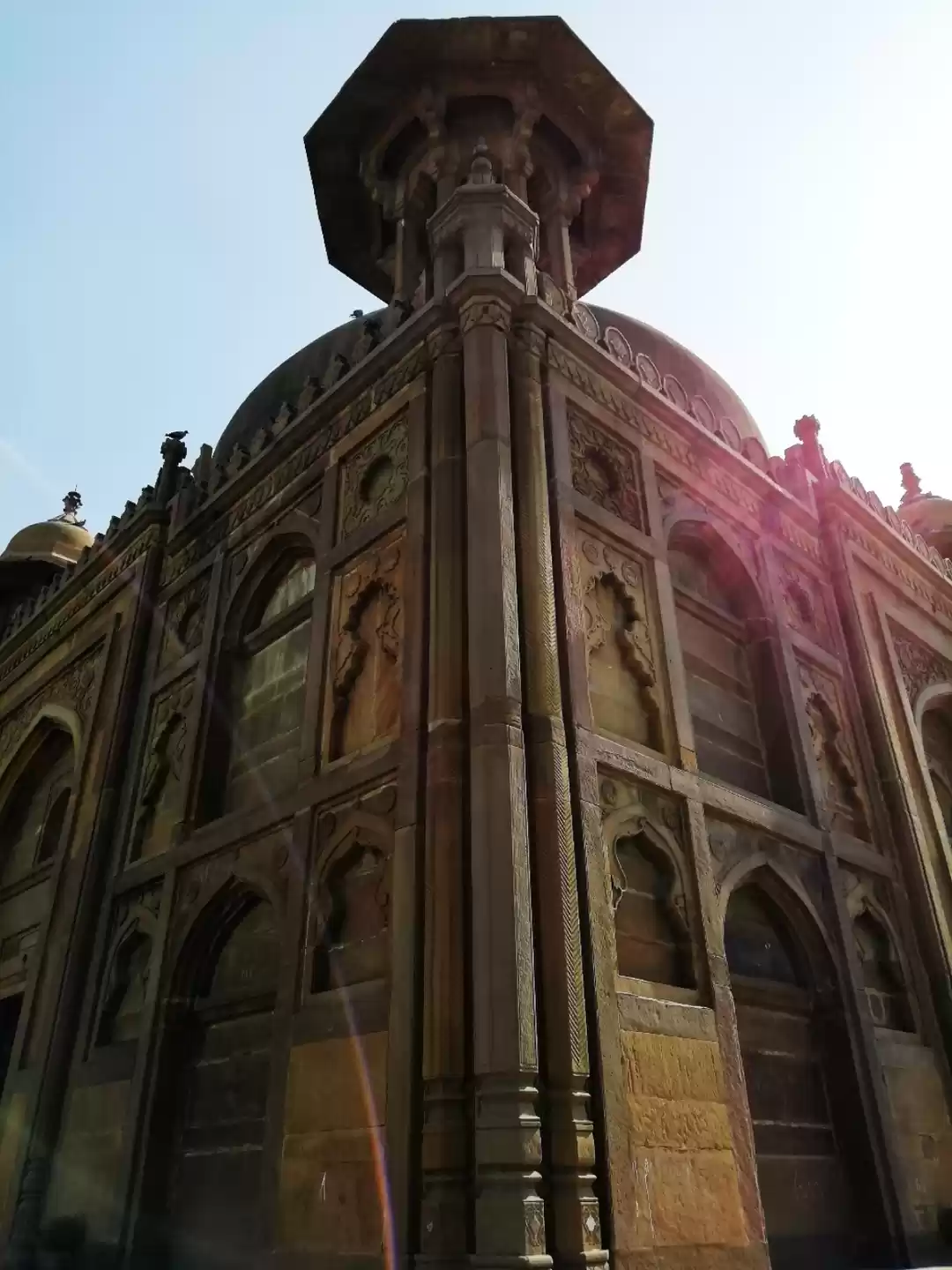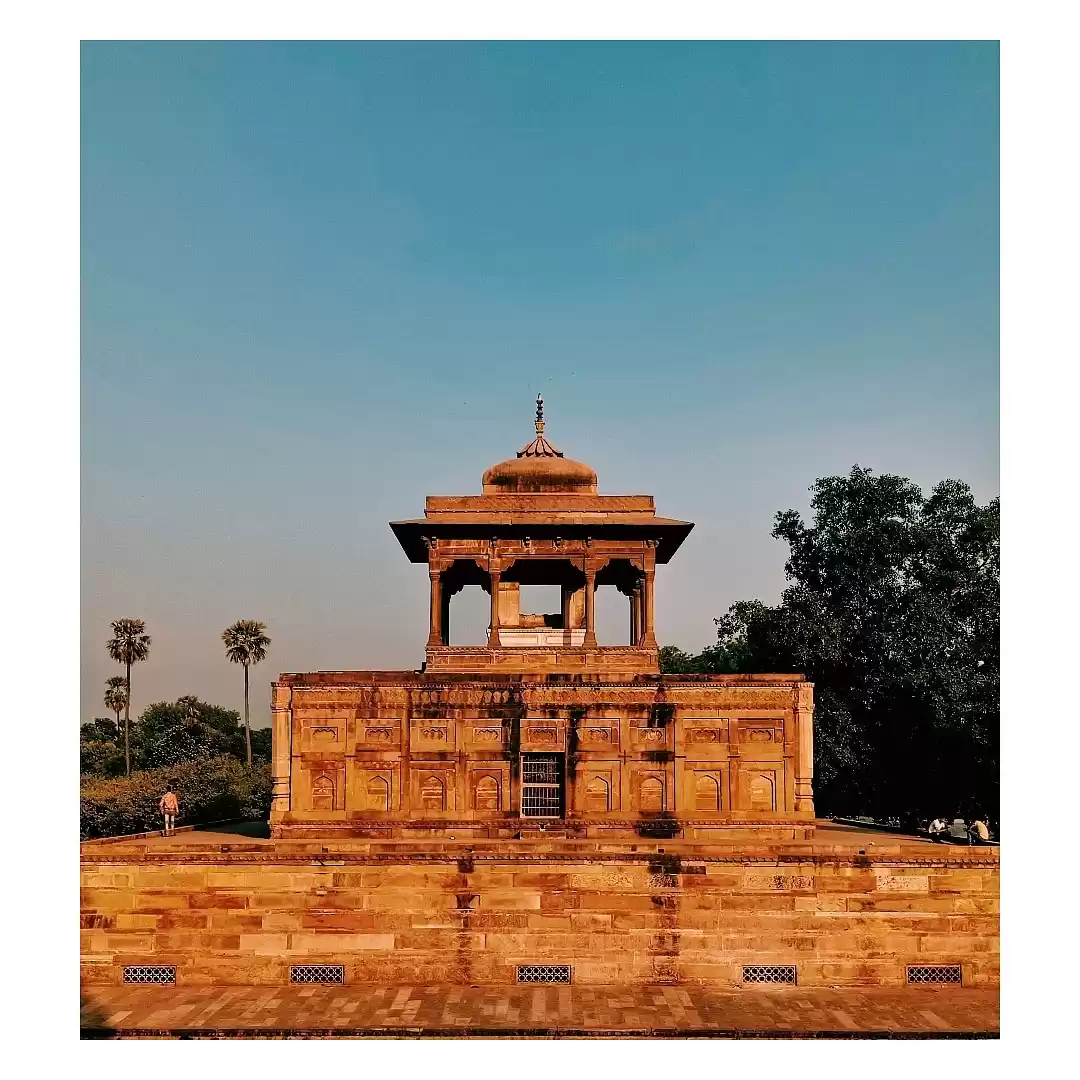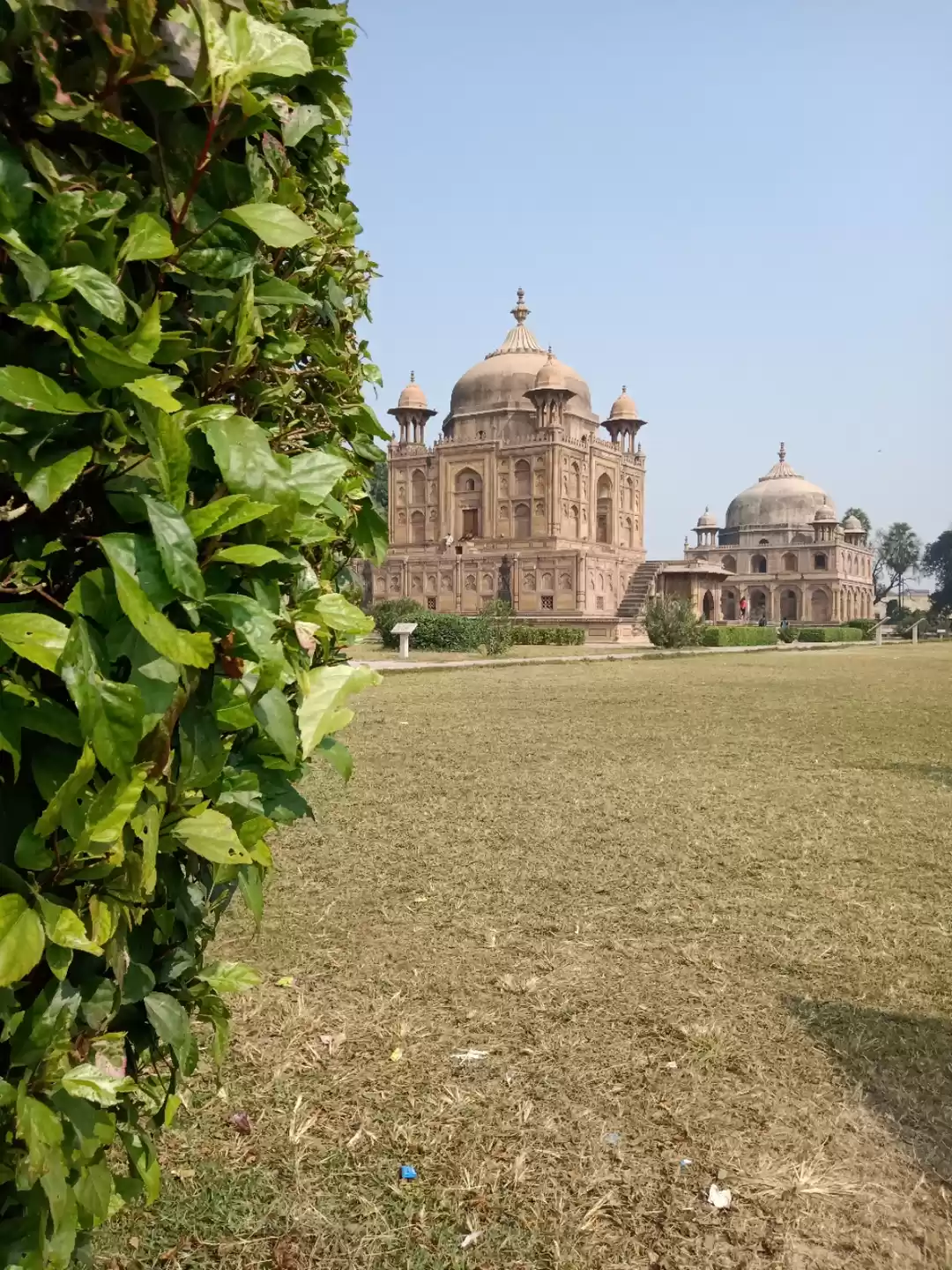If you are looking for a historical and heritage site in Prayagraj, Uttar Pradesh, then Khusro Bagh is a must-visit destination for you. Khusro Bagh is a beautiful garden that houses the tombs of Mughal royalty, namely Shah Begum, Khusrau Mirza, and Nithar Begum. Khusro Bagh is not only a remnant of the Mughal architecture, but also a witness to the turbulent history and culture of India. Khusro Bagh has been a part of the Indian Revolt of 1857, the Nehru-Gandhi family legacy, and the Prayagraj cityscape.
In this article, we will tell you everything you need to know about Khusro Bagh, its history, architecture, facts, and attractions. We will also give you some tips and advice on the best time to visit, how to reach, and where to stay near Khusro Bagh. So, read on and discover why Khusro Bagh is a historical and heritage site worth visiting in Prayagraj.
History of Khusro Bagh
Khusro Bagh was built in the early 17th century by the Mughal emperor Jahangir, as a burial place for his family members. The first tomb to be constructed was that of Shah Begum, Jahangir’s first wife and the mother of Khusrau Mirza, his eldest son. Shah Begum committed suicide in 1604 by swallowing opium, after being distressed by the conflict between Jahangir and Khusrau. Her tomb is a simple square structure with a flat roof, reflecting her modest and pious personality.
The second tomb to be built was that of Khusrau Mirza, who was the heir apparent to the Mughal throne, but was defeated and imprisoned by his father Jahangir, after he rebelled against him with the support of his grandfather Akbar. Khusrau Mirza was later killed by his brother Shah Jahan, who succeeded Jahangir as the emperor. His tomb is a grand octagonal structure with a high dome, decorated with floral and geometric motifs. His tomb also has a false cenotaph on the roof, while his actual grave is in the basement.
The third and the most elaborate tomb to be built was that of Nithar Begum, Jahangir’s daughter and Khusrau Mirza’s sister. She was also known as the “Second Taj Mahal”, as she devoted her life to the service of her brother and father, and never married. Her tomb is a magnificent hexagonal structure with a double dome, adorned with intricate carvings and paintings. Her tomb also has a false cenotaph on the roof, while her actual grave is in a chamber below the ground level.
Khusro Bagh was also the site of a historical event during the Indian Revolt of 1857, when a group of Indian soldiers, led by Maulvi Liaquat Ali, stormed the garden and declared Nana Sahib, a rebel leader, as the Peshwa of India. The British forces, however, soon recaptured the garden and restored their authority.
Khusro Bagh is also connected to the Nehru-Gandhi family, as it is believed that the ancestral home of Motilal Nehru, the father of Jawaharlal Nehru, India’s first prime minister, was located near the garden. The Nehru family also used to visit the garden and pay their respects to the tombs.
Architecture of Khusro Bagh
Khusro Bagh is a fine example of the Mughal architecture, which is a blend of Persian, Islamic, and Indian styles. The garden is spread over an area of 40 acres, and is surrounded by a high wall with four gates. The main gate is on the west side, and is flanked by two octagonal towers. The gate has an inscription that attributes the construction of the garden to Aqa Reza, the court artist of Jahangir.
The three tombs are located in the center of the garden, and are aligned on a north-south axis. The tombs are built of red sandstone, and are embellished with marble and stucco. The tombs have a common design feature, which is the presence of a false cenotaph on the roof, while the actual grave is in a lower chamber. This is a symbolic representation of the Mughal concept of the “garden of paradise”, where the soul ascends to the heaven, while the body remains on the earth.
The tombs also have different design features, which reflect the personality and status of the person buried. The tomb of Shah Begum is the simplest and the smallest of the three, and has a flat roof with a parapet. The tomb has four arched openings on each side, and has a plain interior with a single cenotaph. The tomb of Khusrau Mirza is the largest and the most prominent of the three, and has a high dome with a finial. The tomb has eight arched openings on each side, and has a rich interior with a double cenotaph. The tomb also has an inscription that praises Khusrau Mirza as the “most just king”. The tomb of Nithar Begum is the most elaborate and the most beautiful of the three, and has a double dome with a lotus finial. The tomb has six arched openings on each side, and has a splendid interior with a triple cenotaph. The tomb also has an inscription that describes Nithar Begum as the “perfect woman”.
Interesting Facts about Khusro Bagh
Khusro Bagh is not only a historical and heritage site, but also a source of some interesting facts and trivia. Here are some of them:

Khusro Bagh is named after Khusrau Mirza, who was a popular and beloved prince among the people. He was also a patron of arts and culture, and had a close association with many poets, musicians, and scholars. He is also credited with introducing the art of kalamkari, or painted cloth, to India.
Khusrau Mirza had a loyal and faithful mare, named Shirin, who accompanied him in his battles and travels. When Khusrau Mirza was killed, Shirin refused to eat or drink, and died of grief. She was buried near his tomb, and her grave can still be seen in the garden.
The false cenotaphs on the tombs of Khusrau Mirza and Nithar Begum have a curious feature, which is that they are not aligned with the actual graves below. The reason for this is not clear, but some speculate that it was done to confuse the grave robbers, or to symbolize the disorientation of the souls.
Nithar Begum was a remarkable woman, who was not only devoted to her family, but also brave and adventurous. She is said to have escaped from the clutches of Shah Jahan, who wanted to marry her, by disguising herself as a man and riding a horse. She is also said to have visited Mecca, the holy city of Islam, by pretending to be a eunuch.
Khusro Bagh has a connection with the famous Taj Mahal, the mausoleum of Mumtaz Mahal, the wife of Shah Jahan. The architect of the Taj Mahal, Ustad Ahmad Lahori, was a student of Aqa Reza, the architect of Khusro Bagh. The Taj Mahal is also considered to be inspired by the tomb of Nithar Begum, as both have a similar hexagonal plan and a double dome.
How to Reach Khusro Bagh
Khusro Bagh is located in the heart of Prayagraj, Uttar Pradesh, and is easily accessible by various modes of transport. Here are some ways to reach Khusro Bagh:
By Train:
The nearest railway station to Khusro Bagh is the Prayagraj Junction, which is about 2 km away. You can take a taxi, auto-rickshaw, or cycle-rickshaw from the station to the garden. The fare is around Rs. 50-100, depending on the mode of transport and the distance.
By Air:
The nearest airport to Khusro Bagh is the Prayagraj Airport, which is about 12 km away. You can take a taxi, auto-rickshaw, or bus from the airport to the garden. The fare is around Rs. 200-400, depending on the mode of transport and the distance.
By Road:
Khusro Bagh is well-connected by road to other parts of Prayagraj and Uttar Pradesh. You can take a bus, taxi, or car from any major city or town to the garden. The fare and time will vary depending on the origin and the route.
Best Time to Visit Khusro Bagh
Khusro Bagh is open throughout the year, from 6 am to 7 pm, and has no entry fee. However, the best time to visit Khusro Bagh is from October to March, when the weather is pleasant and comfortable. The temperature ranges from 10°C to 30°C, and the garden is lush and green. You can enjoy the beauty and serenity of the garden, and admire the architecture and art of the tombs. You can also witness some cultural and religious events and festivals, such as Diwali, Holi, and Muharram, that take place in and around the garden.

The summer season, from April to June, is the least preferable time to visit Khusro Bagh, as the weather is hot and humid. The temperature can go up to 45°C, and the garden can be dry and dusty. You may also face some water and power shortages, and have to deal with the crowds and traffic. However, if you do visit Khusro Bagh in the summer, make sure to carry enough water, sunscreen, and hats, and avoid the peak hours of the day.
The monsoon season, from July to September, is also not a very ideal time to visit Khusro Bagh, as the weather is wet and unpredictable. The temperature can range from 25°C to 35°C, and the garden can be muddy and slippery. You may also face some flooding and road closures, and have to deal with the mosquitoes and insects. However, if you do visit Khusro Bagh in the monsoon, make sure to carry an umbrella, raincoat, and boots, and enjoy the freshness and greenery of the garden.
Top Hotel Collections near Khusro Bagh
If you are planning to visit Khusro Bagh, you may also want to stay near the garden, and enjoy its proximity and convenience. There are many hotels near Khusro Bagh, that cater to different budgets, preferences, and needs. Here are some of the top hotel collections near Khusro Bagh, based on different criteria:
Budget Hotels:
If you are looking for a cheap and comfortable stay near Khusro Bagh, you can choose from these budget hotels, that offer basic amenities and services, such as free Wi-Fi, air-conditioning, and room service. The average price per night for these hotels is around Rs. 500-1000. Some of the best budget hotels near Khusro Bagh are:
Hotel Raj Palace : A cozy and clean hotel, located about 1 km from Khusro Bagh. It has 20 rooms, with attached bathrooms and TVs. It also has a restaurant, a terrace, and a 24-hour front desk.
Hotel Prayag Inn: A modern and spacious hotel, located about 2 km from Khusro Bagh. It has 30 rooms, with attached bathrooms, TVs, and mini-fridges. It also has a restaurant, a conference hall, and a travel desk.
Hotel Mandiram: A simple and elegant hotel, located about 3 km from Khusro Bagh. It has 25 rooms, with attached bathrooms, TVs, and geysers. It also has a restaurant, a garden, and a parking facility.
Luxury Hotels:
If you are looking for a lavish and luxurious stay near Khusro Bagh, you can choose from these luxury hotels, that offer premium amenities and services, such as swimming pools, spas, gyms, and bars. The average price per night for these hotels is around Rs. 5000-10000. Some of the best luxury hotels near Khusro Bagh are:
Hotel Kanha Shyam : A classy and elegant hotel, located about 2 km from Khusro Bagh. It has 85 rooms, with attached bathrooms, TVs, and minibars. It also has a restaurant, a coffee shop, a pool, a spa, and a banquet hall.
Hotel The Legend : A stylish and sophisticated hotel, located about 3 km from Khusro Bagh. It has 42 rooms, with attached bathrooms, TVs, and safes. It also has a restaurant, a lounge, a gym, and a business center.
Hotel Prayag Divine : A chic and contemporary hotel, located about 4 km from Khusro Bagh. It has 40 rooms, with attached bathrooms, TVs, and kettles. It also has a restaurant, a rooftop, a salon, and a meeting room.
Heritage Hotels:
If you are looking for a historical and cultural stay near Khusro Bagh, you can choose from these heritage hotels, that offer a glimpse of the past and the present, with their architecture, decor, and ambiance. The average price per night for these hotels is around Rs. 3000-6000. Some of the best heritage hotels near Khusro Bagh are:
Hotel Kanchan Villa : A charming and cozy hotel, located about 2 km from Khusro Bagh. It is a restored colonial bungalow, with 12 rooms, with attached bathrooms, TVs, and fireplaces. It also has a restaurant, a library, and a garden.
Hotel Harsh Ananda : A grand and graceful hotel, located about 3 km from Khusro Bagh. It is a renovated heritage property, with 18 rooms, with attached bathrooms, TVs, and balconies. It also has a restaurant, a pool, and a lawn.
Hotel Allahabad Regency : A majestic and magnificent hotel, located about 4 km from Khusro Bagh. It is a converted palace, with 40 rooms, with attached bathrooms, TVs, and sofas. It also has a restaurant, a bar, and a conference hall.
Khusro Bagh is a historical and heritage site in Prayagraj, Uttar Pradesh, that offers a unique and enriching experience to its visitors. It is a place where you can explore the history, architecture, facts, and attractions of the Mughal era, and also enjoy the beauty and serenity of the garden. Khusro Bagh is a place that will leave you with a lasting impression and a memorable visit.
So, what are you waiting for? Book your tickets and hotels, and plan your trip to Khusro Bagh, a historical and heritage site worth visiting in Prayagraj.




















